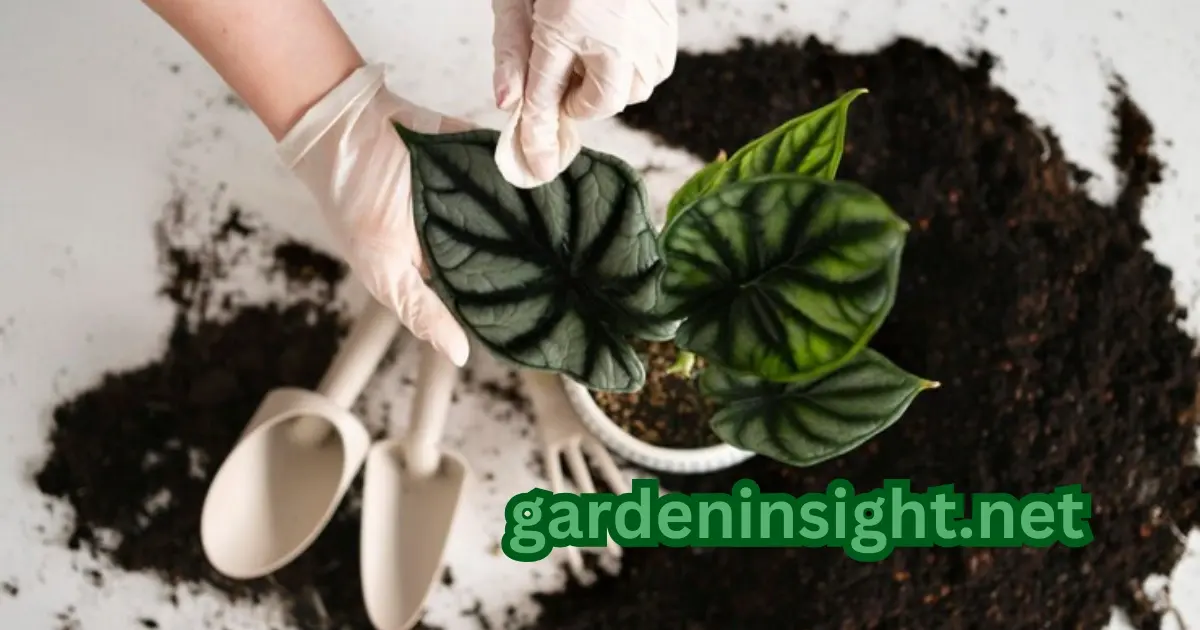Indoor plants add life to any home, but their care starts with choosing the right soil. Many gardeners wonder, “Can you use garden soil for indoor plants?”.
While garden soil might seem convenient, it’s not always the best option. However, there’s a significant difference between garden soil and potting mix, especially when it comes to your indoor plants.
In this guide, we’ll discuss the pros and cons to use garden soil for indoor plants, how to prepare it, and what alternatives work best for indoor potted plants. Let’s dig in.
Best Soil for Indoor Plants
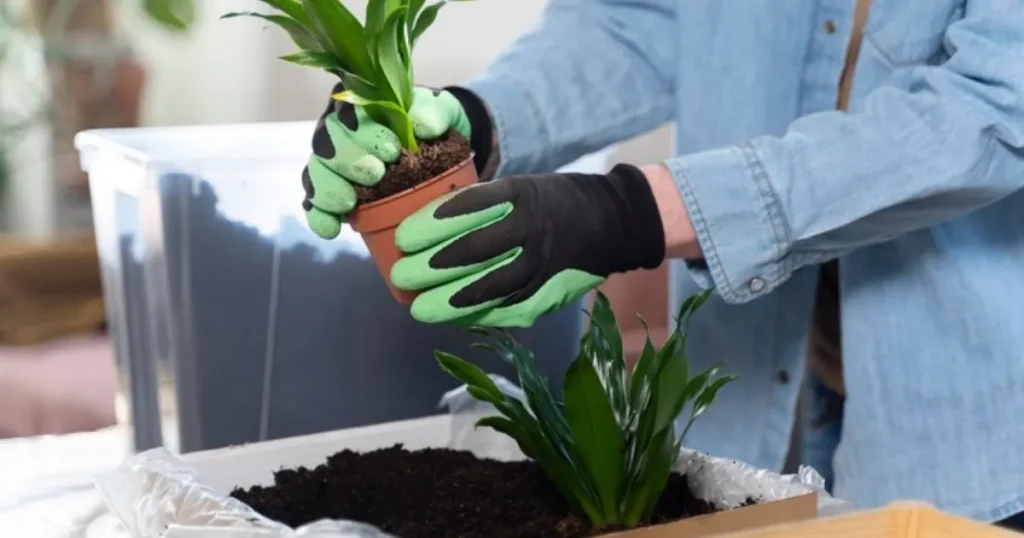
Indoor plants thrive in a specialized potting mix rather than regular garden soil. Potting mixes are specifically designed to provide:
- Good Drainage: Prevents overwatering and root rot.
- Lightweight Texture: Allows roots to grow easily.
- Nutrient Balance: Supplies plants with essential nutrients.
Here is a comparison between garden soil and potting mix:
| Feature | Garden Soil | Potting Mix |
|---|---|---|
| Drainage | Poor | Excellent |
| Weight | Heavy | Lightweight |
| Nutrients | Natural nutrients | Enriched with additives |
| Pest Risk | High | Low |
| Indoor Suitability | Not ideal | Designed for indoors |
For most indoor plants, a well-draining potting mix with organic matter like peat moss, perlite, or vermiculite is the ideal choice.
Can Outdoor Soil Harm Indoor Plants?
Using outdoor soil indoors poses several risks that can harm your plants:
- Pest Infestation: Outdoor soil may contain insects, mites, or fungi that thrive in the controlled indoor environment.
- Compaction: Garden soil is dense and can suffocate plant roots in pots, leading to stunted growth.
- Poor Drainage: It often holds too much water, causing root rot.
- Weed Seeds: Unwanted plants might sprout in your indoor pots.
For these reasons, it’s better to avoid transferring outdoor soil directly into your houseplants’ containers.
Types of Indoor Plant Soil
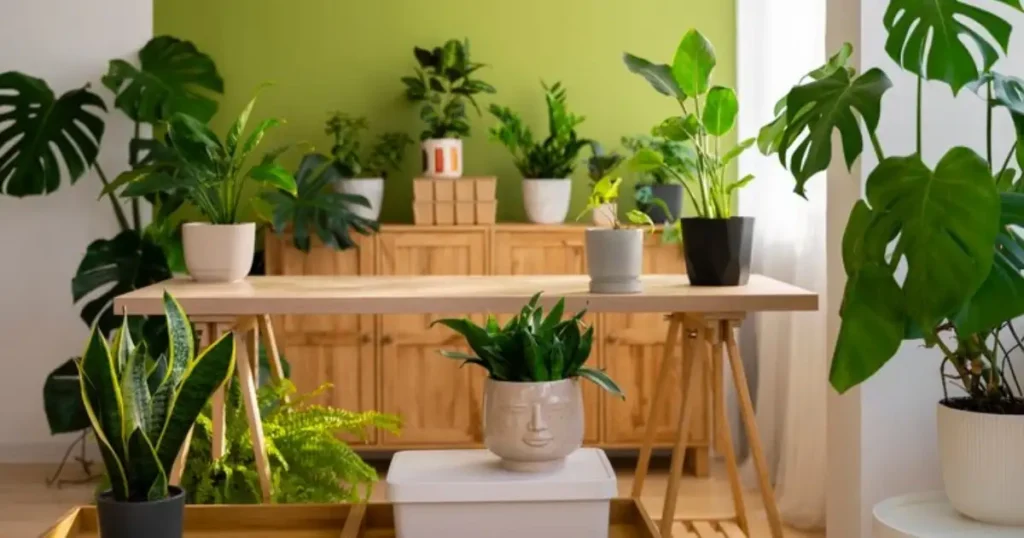
Different indoor plants have varying soil needs. Below are some common types of soil mixes:
- All-Purpose Potting Mix: Suitable for most indoor plants, such as pothos, peace lilies, and ferns.
- Cactus and Succulent Mix: Offers excellent drainage and low moisture retention.
- Orchid Mix: Contains bark, charcoal, and perlite for orchids.
- Seed Starting Mix: Fine-textured and lightweight, ideal for germination.
Each type is tailored to meet specific plant requirements, ensuring healthy growth.
To Prepare Garden Soil for Indoor Plants
If you still want to use garden soil for indoor plants, it’s essential to prepare it properly:
- Sterilize the Soil:
- Spread the soil on a baking tray.
- Heat it in the oven at 180°F (82°C) for 30 minutes to kill pests and pathogens.
- Improve Drainage:
- Mix the garden soil with sand, perlite, or vermiculite to improve aeration.
- Add Organic Matter:
- Blend compost or peat moss to enhance nutrient content and water retention.
- Screen the Soil:
- Remove rocks, sticks, and debris using a mesh sieve.
Prepared garden soil for indoor plants can work as a temporary solution but should still be mixed with potting soil for the best results.
Risks of Using Garden Soil for Indoor Plants
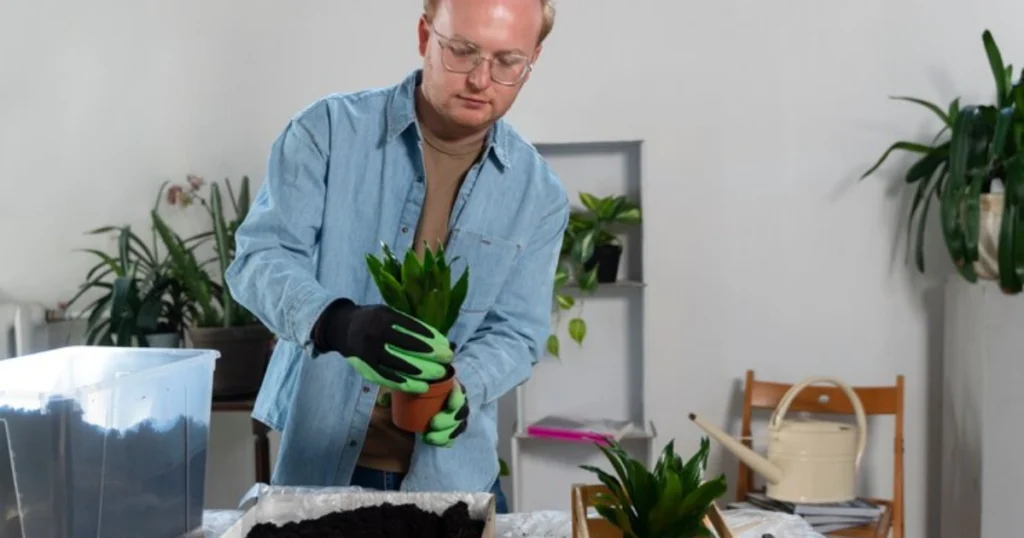
Using unprepared garden soil indoors can lead to several issues:
- Mold and Fungi Growth: High organic matter can lead to fungal infections in plants.
- Drainage Problems: Waterlogging is common with dense garden soil.
- Imbalanced pH Levels: Outdoor soil may not match the specific pH needs of indoor plants.
- Low Oxygen Levels: Compacted soil restricts root oxygen intake.
Can Garden Soil Attract Pests to Indoor Plants?
Yes, garden soil can attract pests, including:
- Fungus Gnats: Thrive in moist soil and harm plant roots.
- Aphids: Feed on plant sap, weakening leaves.
- Spider Mites: Cause discoloration and webbing on leaves.
Sterilizing and properly preparing the soil can reduce these risks.
Is Potting Mix Better than Garden Soil for Indoor Plants?
Potting mix is always a better option for indoor plants due to its tailored composition:
| Characteristic | Potting Mix | Garden Soil |
|---|---|---|
| Indoor Plant Suitability | Excellent | Poor |
| Pest Risks | Low | High |
| Customization for Plants | Easy | Difficult |
| Longevity in Containers | Long | Short |
What Nutrients Do Indoor Plants Need in Soil?
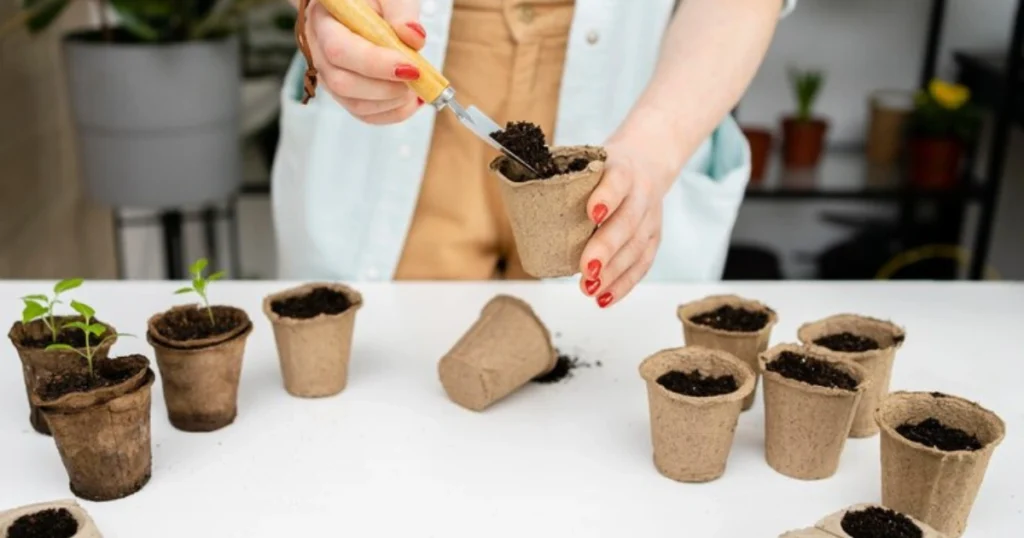
Indoor plants need a balanced mix of:
- Nitrogen (N): For leafy growth.
- Phosphorus (P): Supports root development and flowering.
- Potassium (K): Enhances overall plant health and disease resistance.
Potting mixes are often enriched with slow-release fertilizers that cater to these needs, while garden soil may lack essential nutrients for potted plants.
How to Sterilize Garden Soil for Indoor Plants
Follow these steps to sterilize garden soil:
- Bake in the Oven: Heat soil at 180°F (82°C) for 30 minutes.
- Microwave: Place soil in a microwave-safe container and heat for 90 seconds per pound.
- Steam: Spread soil in a pan with water underneath and steam for 30 minutes.
- Solarization: Cover soil with plastic and leave it in the sun for several weeks.
Sterilization ensures your soil is free of pests and diseases.
Signs of Unhealthy Indoor Plant Soil
Recognize unhealthy soil with these signs:
- Foul Odor: Indicates anaerobic conditions or rot.
- Mold Growth: White or green fuzzy growth on the soil surface.
- Compaction: Hard soil that doesn’t allow water to penetrate.
- Pest Infestations: Visible insects like gnats or mites.
Regularly checking soil health ensures your plants thrive.
How Often to Repot Indoor Plants

Indoor plants should be repotted every 1-2 years, depending on growth:
- Signs It’s Time to Repot:
- Roots growing out of the drainage holes.
- Soil dries out too quickly.
- Stunted plant growth.
Repotting refreshes the soil and gives roots more space.
Conclusion
While you can technically use garden soil for indoor plants, it’s generally not the best choice. Potting mix offers several advantages in terms of drainage, aeration, and nutrient balance.
If you do choose to use garden soil, be sure to sterilize it and amend it properly to minimize the risks to your indoor plants.
By understanding the differences between garden soil and potting mix, you can make informed decisions to ensure your houseplants thrive in a healthy and happy environment.
FAQs
Some of the frequently inquired questions about the suitability of garden soil for indoor plants are as follow:
Can you use garden soil for indoor plants?
Garden soil can be used for houseplants, but it requires sterilization, drainage improvement, and mixing with potting soil for better results.
How often should I repot indoor plants?
Repot indoor plants every 1-2 years or when roots outgrow the pot.
What’s the difference between potting soil and garden soil?
Potting soil is lightweight, well-draining, and designed for containers, while garden soil is dense and better suited for outdoor use.
Can garden soil cause pest problems indoors?
Yes, garden soil can introduce pests like gnats and aphids, so sterilizing it is crucial before use.
What are the signs of unhealthy indoor plant soil?
Unhealthy soil shows signs like mold, compaction, pests, or a foul smell.
